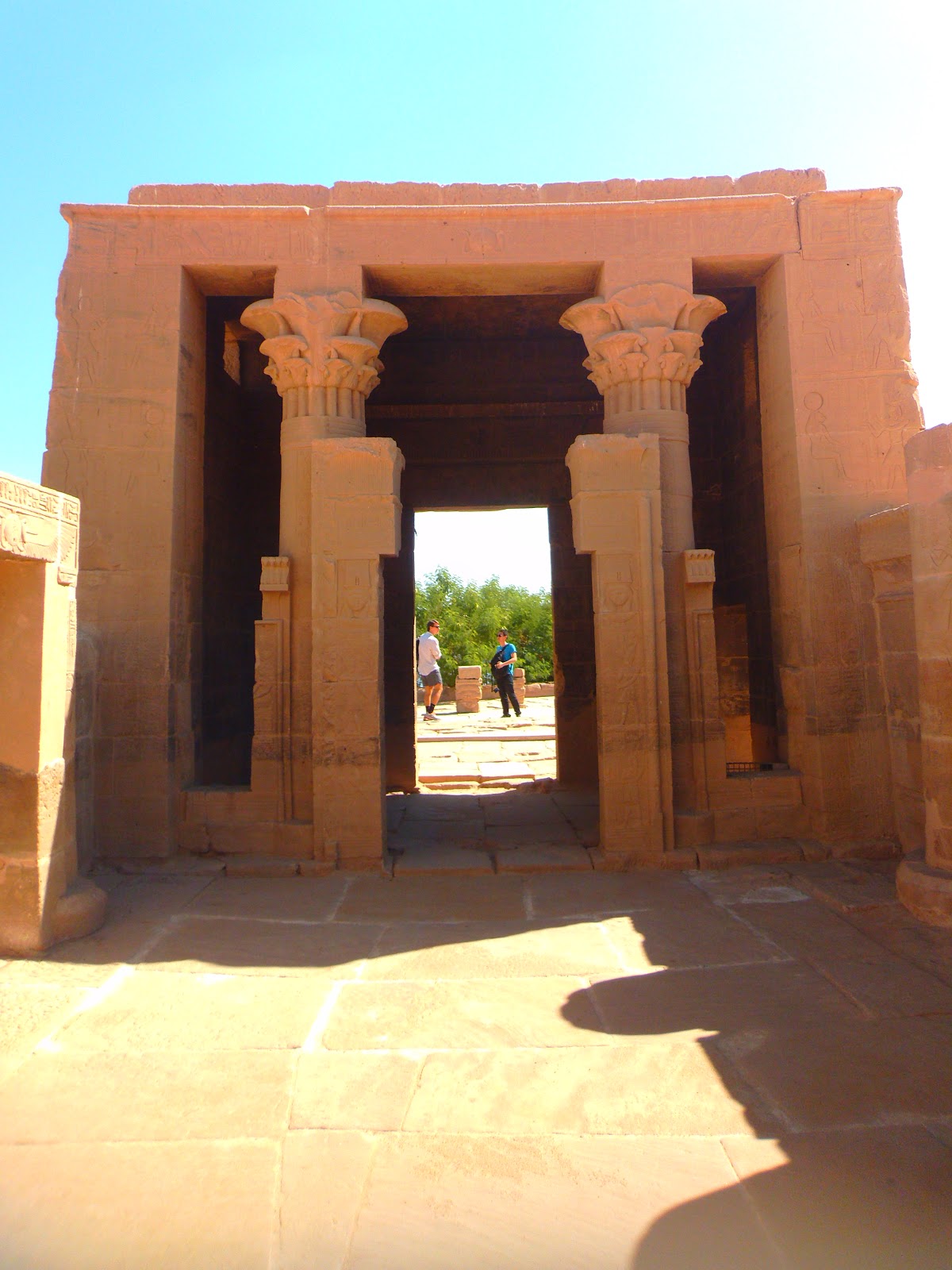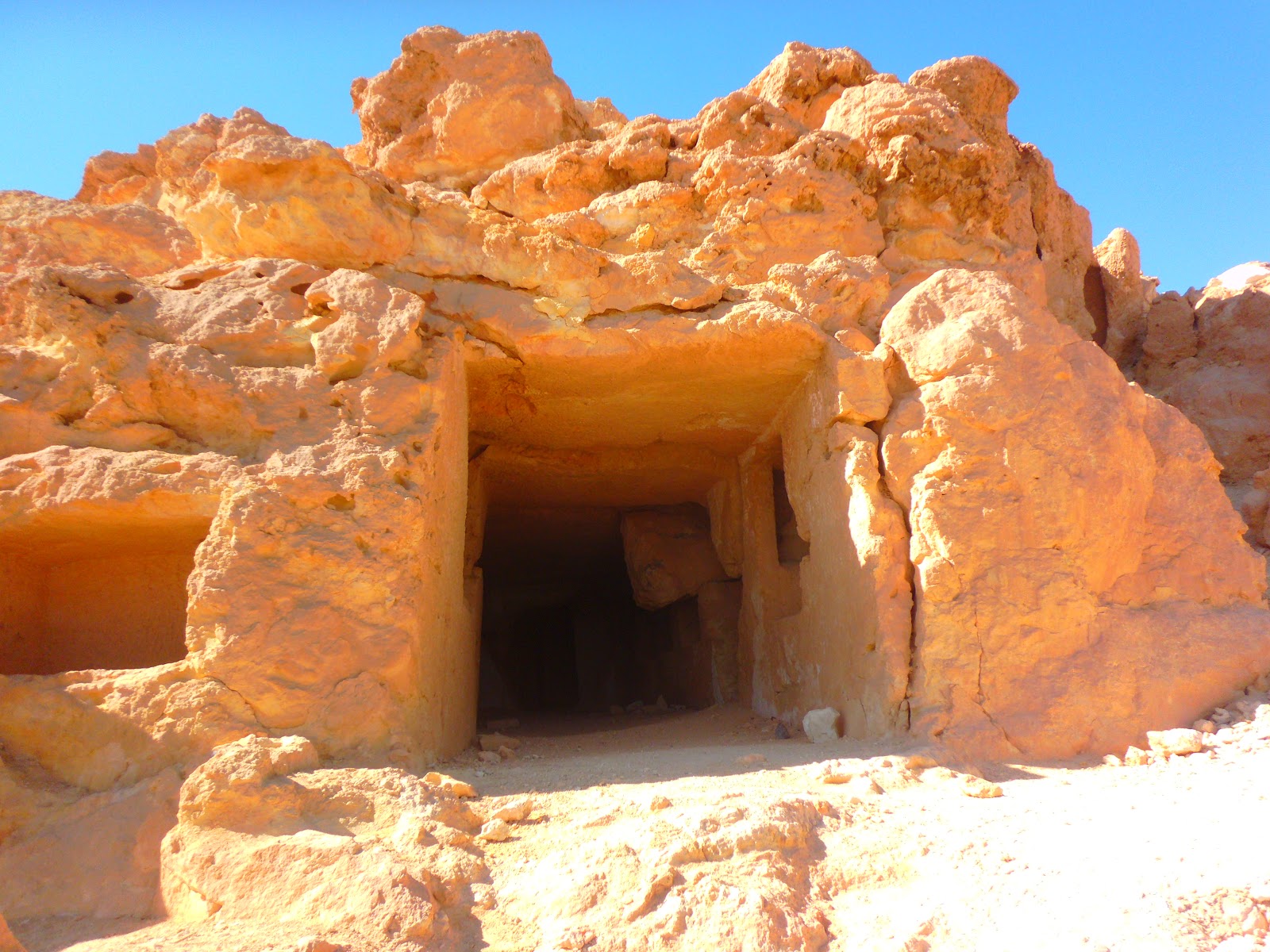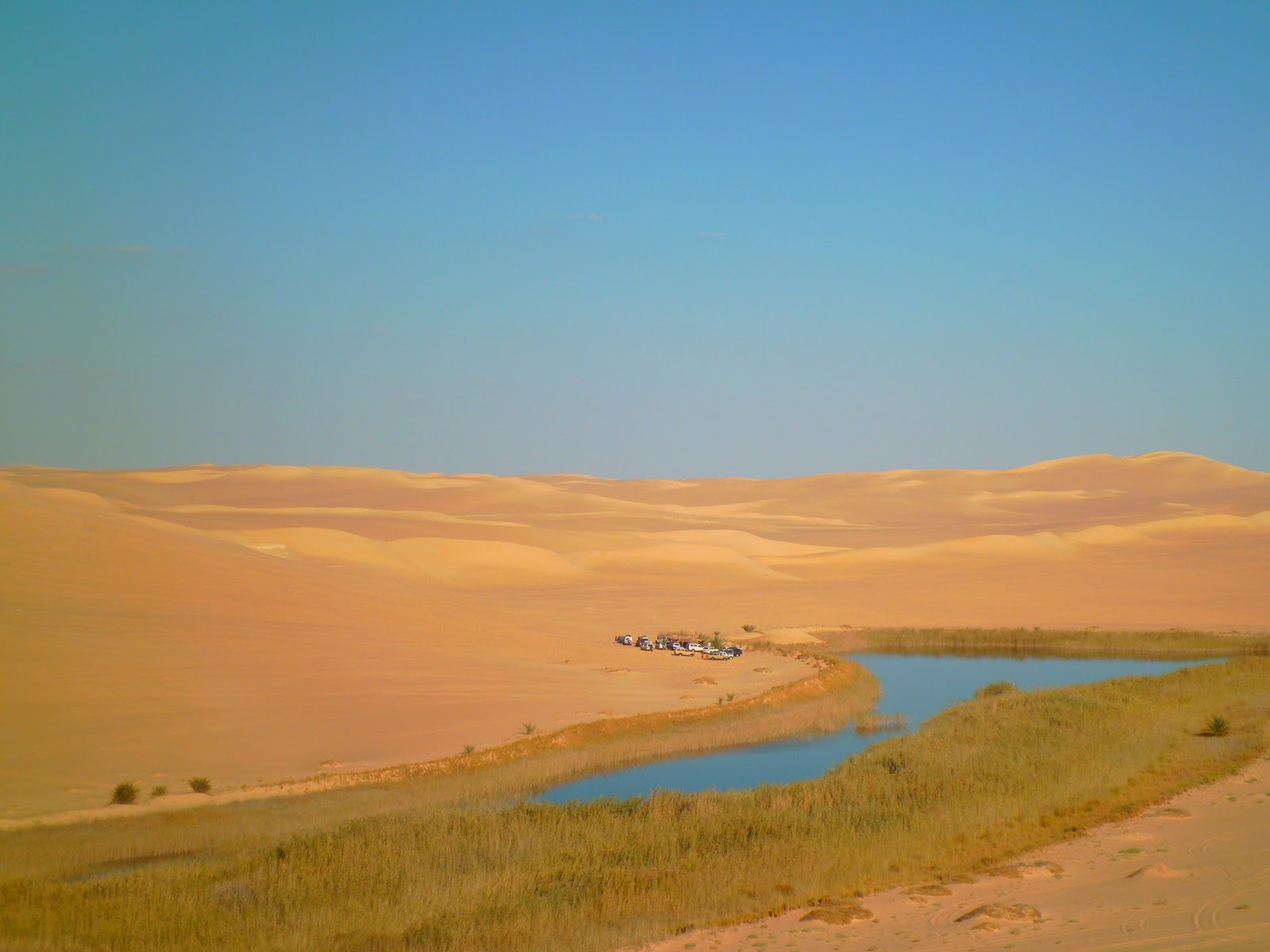This
weekend I went with friends on yet another amazing trip, but this time there is
more in it for the amateur Egyptologists in the family. We went on a trip to
Aswan and Luxor, which are situated in the south of Egypt. Here’s a map.
First,
let me say that while the trip was one of the more expensive subsidized trips
offered through the school, it was definitely worth it. It included round trip
airfare, and these were our accommodations:
That is a floating Nile River Hotel boat. Five stars. It was
damn ritzy. Look at this bar/lounge area.
We started out in Aswan where we saw the largest man-made structure in Egypt, the High Aswan Dam. It was too big for me to figure out how, exactly, to get a picture encompassing its girth. But the lake shown in the picture below is the result of its construction.
Lake Nasser stretches hundreds of kilometers, and even encroaches into Sudan, which let me tell you the Sudanese are not too happy about.
This was a monument at the site commemorating the great friendship between the Soviet Union and Egypt from back when the dam had been completed. It was a pretty cool structure.
Anyway, after that it was time for lunch and sailing to Philae Temple. This was twice as exciting once I recognized it. I had actually seen this place on a National Geographic or History Channel show at some point years ago, but I always remembered the aesthetics of the area, and when I saw this specific scene, I thought “Oh, holy shit…” and snapped a picture.
Before getting to the temple, here are some other pictures of the dock we left to get out to the island the temple is on, as well as a very overexposed and thus awesome looking crane, and some very pretty water churning beside our boat.
When you enter the temple grounds you are greeted by this.
This temple was built during the Greek dynasty in Egypt, which you can see in the kind of elaborate floral design used on the top of their columns (I know there is a technical name for those, but I can’t remember it.)
After that it was time to get back on the boat and start heading to Kom Ombo to see yet another temple, but first it is time for sunset pictures. The sunsets in Aswan have a habit of coming out as this deep red, and with all the feluccas on the Nile if provided an amazing opportunity for photos.
Another feature of any trip through Egypt are the people who
try and sell various Egypt-themed goods to tourists. Numerous times during our
trip these intrepid people would line up at docks, or locks, or just attach
themselves to our boat so they could fling towels and galabeyas and the like 2
or 3 stories onto the sun deck, and customers could put money into empty Pepsi
bottles and throw them down to the boats so the intrepid boat-to-boat salesman
could catch and/or swim to the money.
Another excellent piece of the tour on Kom Ombo was the
Crocodile Museum. They had Croc Mummies. I would bet that a croc mummy would
have totally eaten Brendan Fraser in the Mummy, but instead the writers chose
Imhotep. Don’t know why, croc-mummy is so much better.
And once again, back on the boat.
After this I unfortunately came down with something and was unable to visit our next location, Edfu Temple. This was extremely depressing, because apparently it was amazing. I will steal pictures at some point, but for now no dice.
Luckily I was able to recover and rally before the kind of Grand Finale of the trip, which culminated in Luxor and The Valley of the Kings. Here are picture.
That’s it. That’s all you get. Tourism police said no
pictures inside the valley or tombs. Egypt is bogarting the good stuff. You
should be able to find pictures online.
The valley itself is impressive enough, and I can see why
they chose the place. It is surrounded by tall hills, some of them sheer
cliff-faces. It would be difficult to even know the place without prior
knowledge of the location. I obviously don’t know the geography amazingly well,
but it looks like the entrance above is the only easy footpath in.
The tombs are incredible. The first thing that strikes you
is the size. The entrances are easily 20 feet high on some, and maybe 10 feet
wide. I suck at judging distances, but that seems right. It wasn’t even close
to a problem to fit 3 abreast in the hallway. And the tombs are deep. The idea
of all that being cut out and smoothed and refined by hand is intimidating.
Then the hieroglyphics are still, in many places, pristine, with the color
still on them. In fact in some tombs there are bits that look like they could
have been painted just a few years ago, just a couple chips here and there. The
detail is incredible, and when you imagine what it must have been brand new you
get a whole new appreciation for how vivid these tombs were.
After the Valley of the Kings we went to see the Statues of
Memnon. The legend surrounding these statues says that one of them is of
Agamemnon, the famous king from the Siege of Troy. The story goes that his
mother lived in Luxor, and when the wind would blow through the hole in the
chest of the statue the sound it would make sounded to her like her son, so she
would sit there mourning him. The statues are pretty impressive. The scale is
something that you have to experience in person.
Then it was on to Queen Hatshepsut’s Temple. This was
another amazing structure, but unfortunately not much of the original remains.
It was destroyed when her stepson Thutmose III took power and sought to stamp
out her influence.
The final stop before flying home was Luxor Temple. This is
the companion temple to Karnak, which unfortunately we did not get to see.
However, I was not disappointed. Here is a shot from as far back as I could get
in the Avenue of Sphinxes.
The inside of the temple complex was massive. The columns
must have been 3 or 4 stories tall. Just the first block of stone, at the very
base, was taller than me. And there were dozens and dozens of them.
At some point someone built a mosque in the middle of the
temple. Which is in addition to an early Coptic Church which was
kind of shoehorned into one section of the old temple.
That was the last thing we saw. After that it was dinner and
another short plane ride back to Cairo from Luxor International.
Seeing the ruins around Egypt is a powerful reminder of how
young our own nation is. Makes one ponder permanence and the lives and legacies
we will be leaving behind, and our place in the present as we imagine it. There
have been social orders which stretched for millennia, not unchanged but
seemingly eternal of which almost nothing remains now. Just a few scattered
building and some cultural pride in the accomplishments of ancestors we find
difficult to truly understand.
Three thousand years from now when people view these quaint
little blog posts, or view pictures of landmarks long since demolished, I
wonder what they’ll see. The ruins that remain are incredible, the writings are
impressive and important. But in the end I look at history like this and I can’t
help but feel like I am trying to talk to someone’s shadow.













































































